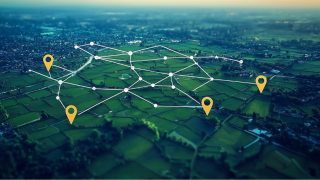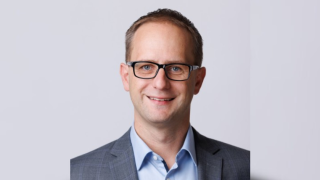The company has already carried out a field trial over regular metro fibre in Madrid, but now wants to explore practical uses of the highly secure technology.
Diego Lopez, the company’s head of technology exploration and standards, told Capacity: “We demonstrated that we can integrate quantum key cryptography into our normal network services to enhance secure transmission.”
Quantum physics will be used to distribute encryption keys over the network, using ordinary traffic-carrying fibres – not even dark fibres, said Lopez. “We think we will be able to enhance the security of our current infrastructure.”
For the Madrid trial, Telefónica used equipment from Huawei’s research laboratories in Munich to connect three nodes. “It was installed and connected by our network operations people. The fibre and all the elements were commercial. There was nothing special about them. We used a half-rack of commercial servers.”
The trial, which also involved the Universidad Politécnica de Madrid (UPM), indicates that Telefónica could deploy quantum key distribution (QKD) on its regular network, said Lopez.
QKD uses one of the weirder features of quantum physics. First described by Albert Einstein in 1935, quantum entanglement means that pairs of particles are related even if they are separated by a great distance. It was, Einstein is reputed to have said, “spooky action at a distance”.
Telefónica board member Juan-Ignacio Cirac, a physicist who is a pioneer of quantum computing, said: “We can make a random bit sequence to appear at one place and simultaneously at another one, without making it pass in between. It is sort of magic, but something that quantum physics predicts. It is a way of exchanging secure keys that we have to make the most of, since it cannot be hacked.”
According to Lopez, QKD is “limited to 200-300km” at the moment, “but at least this means you can run QKD services in metro environments. This is something that we are working on.”
This is still in the field of advanced research, said Lopez. “We are planning the next steps. We want to test the feasibility of a service … using industrialised devices and software. I don’t think it would take much time but this would be a decision of our commercial operations.”
Applications would be in “any kind of application that has an interest in security”, he told Capacity, including hospitals, banks, police and security services. “After that, almost anyone. We have demonstrated that it can be done at reasonable cost. With software-defined networks (SDNs) we can share fibre with other data. There is no limit to this.”
He said that there are currently no standards for equipment or software in the QKD field, but Telefónica is working with the European Telecommunications Standards Institute (ETSI) on unified applications programming interfaces (APIs).
“We are continuing research on the software layer and integration,” said Lopez. And it is also looking to test the technology over more than the initial three nodes, perhaps including “several potential users” in what he called a “pre-commercial” stage. “We want to interconnect data centres to data centres, and data centres to customers,” he added.
Telefónica also wants to test the technology in its Unica infrastructure programme for network functions virtualisation (NFV), “to test securing the connections”.





